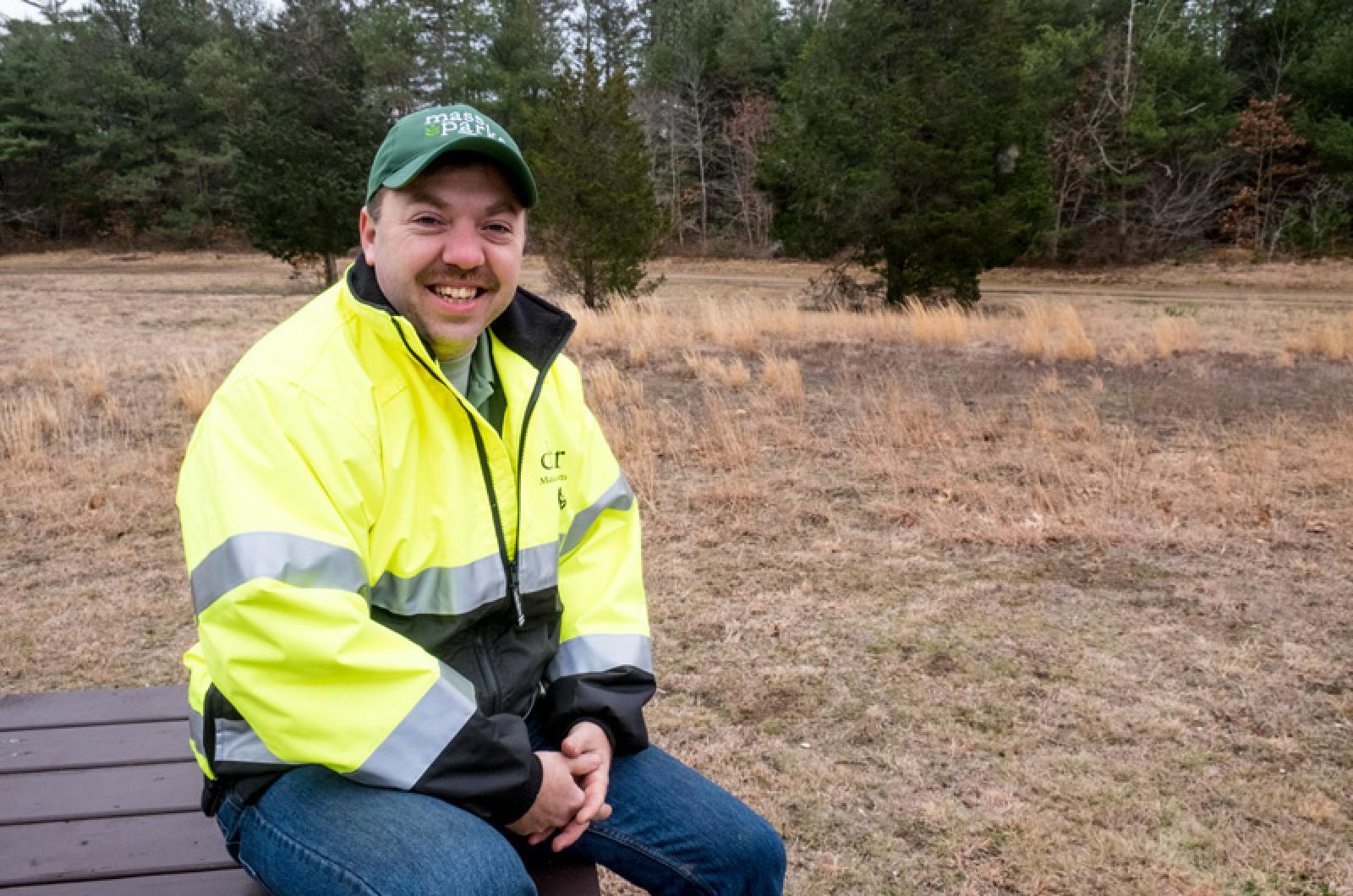Chris Bruno, a former assistant superintendent with The Trustees of Reservations, stepped in early this year as superintendent of the Manuel F. Correllus State Forest.
He began work Jan. 8 as the steward of the 5,343 acre forest in the center of the Vineyard maintained by the state Department of Conservation and Recreation. The previous superintendent, Virginia Dautreuil, left in August after two years on the job. She took over in 2014 after the sudden death of John Varkonda, who served as superintendent for 26 years.
“We’re pretty excited to have Chris join us,” DCR commissioner Leo Roy told the Gazette by phone Wednesday. “The Manuel F. Correllus state forest is really one of our gems....it is very important to us, as well as the families who live on and visit the Vineyard.”
Mr. Bruno was previously land manager for Sheriff’s Meadow Foundation, and previously worked with The Nature Conservancy and as an interpretive park ranger with the National Park Service. He is a New Orleans native and lives on Chappaquiddick. “We were very excited to find a local resident to take this on, someone who knows the Island and knows the people,” Mr. Roy said.
Mr. Bruno is the fourth person to serve as state forest superintendent since it was established in 1908. The sandplain land was originally a preserve for the heath hen, which was declared extinct in 1933; the last heath hens lived on the Island in the state forest. The forest today is home to rare habitat and species, and also features 14 miles of hiking and biking trails and a frisbee golf course. The forest also protects the Island’s sole-source aquifer and provides land for hunting.
The new superintendent said his goals including additional information and programming that spread the word about the forest. “Getting folks out and really seeing that the state forest is a destination on the Island to come and spend more time, to learn and understand better how it’s managed and the things we do here,” Mr. Bruno said. Other goals include improved signs and access points to hiking trails and bike paths, he said, and working with fire safety officials to maintain the landscape through prescribed burns and fire breaks.
“It’s an incredible habitat,” he said.
“In some ways the forest can really serve as a living laboratory for the schools and others on the Island,” Mr. Roy said, including lessons about species management in light of the heath hen’s story. “Part of telling that story and interpreting that story, we can talk about the existing species that are there and steps taken to protect those.”






Comments (1)
Comments
Comment policy »